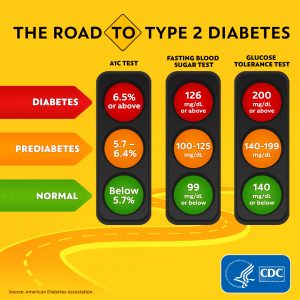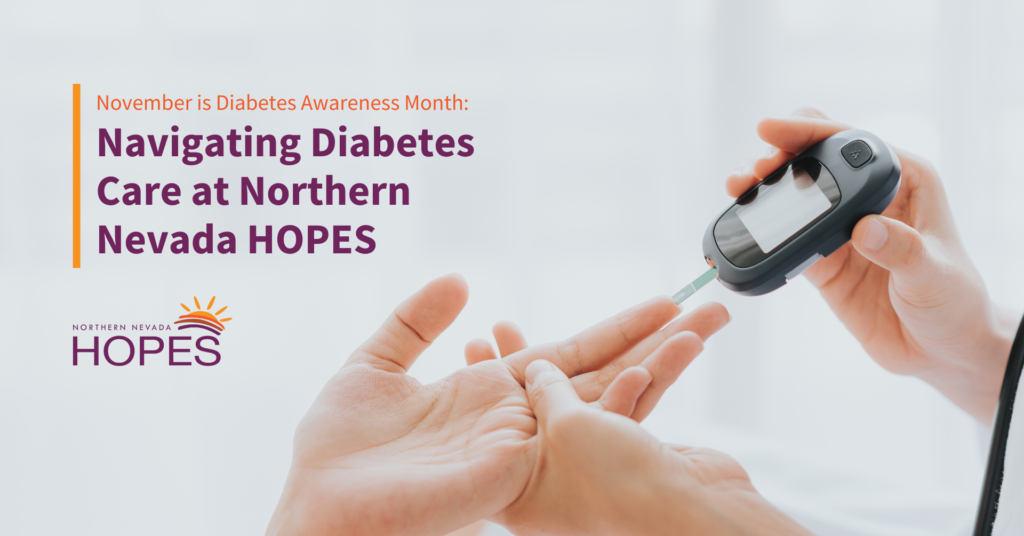It’s National Diabetes Prevention Month, and in this blog post, we are talking about getting tested for type 2 diabetes.
You’ll need to get your blood sugar tested to find out for sure if you have prediabetes or type 2 diabetes. Testing is simple, and results are usually available quickly. Your medical providers will have you take one or more of the following blood tests to confirm the diagnosis:
A1C Test
This measures your average blood sugar level over the past 2 or 3 months. An A1C below 5.7% is normal, between 5.7 and 6.4% indicates you have prediabetes, and 6.5% or higher indicates you have diabetes.
Fasting Blood Sugar Test
This measures your blood sugar after an overnight fast (not eating). A fasting blood sugar level of 99 mg/dL or lower is normal, 100 to 125 mg/dL indicates you have prediabetes, and 126 mg/dL or higher indicates you have diabetes.
Glucose Tolerance Test
A Glucose Tolerance Test measures your body’s response to sugar (glucose) and tests how well your body moves sugar from the blood into tissues like muscle and fat. Having a blood sugar level of 140 mg/dL or lower is normal, 140 to 199 mg/dL indicates you have prediabetes, and 200 mg/dL or higher indicates you have diabetes.
Here is a handy chart that summarizes normal, prediabetic and diabetic test results:




